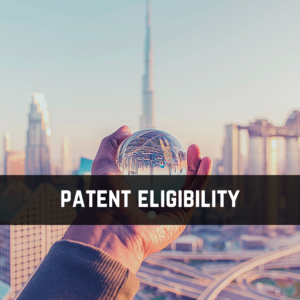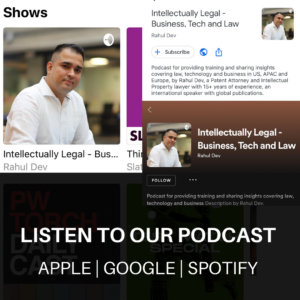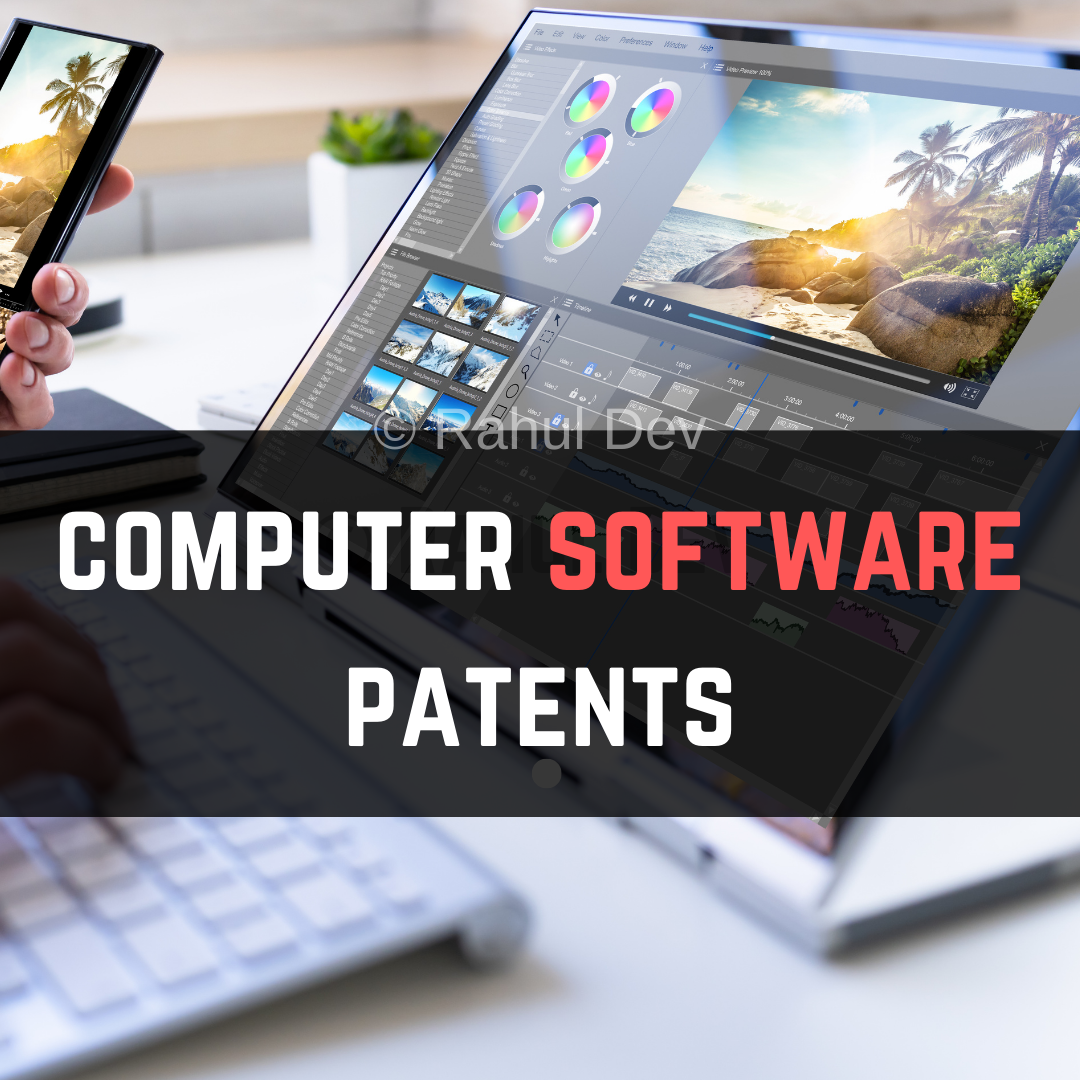As a general practice, patents or potential patent applications that guarantee “technical” features include and give detail backing to the claims that those specialized or technical highlights solve an issue in the prior art. The USPTO patent office procedure describes Section 101 of the U.S. Patent Act stating that whoever innovates or finds any new and valuable procedure, machine, assembling, or composition of matter, or any new and helpful improvement thereof, may get a patent therefor, subject to the conditions and prerequisites of this title. Therefore, the code sets up general classes of patent protection including processes, machines, production, or composition of matter.
The US Patents Act develops what is new in §§ 102 and 103. For instance, § 102 restricts the licensing of creations that were recently revealed or protected, indistinguishably, by others (i.e., requiring novelty considering the prior art) and § 103 disallows the protecting of innovations that were recently unveiled or protected, with just evident differences, by others (i.e., requiring non‐obviousness taking into account the prior art). Besides, § 112 of the Patent Act furnishes extra conditions and prerequisites concerning clearness and particularity.
The legal point of reference has held that § 101 contains an implied exemption for laws of nature, natural phenomena, and theoretical thoughts. Patent eligibility related difficulties to programming or software related developments is normally based on the patent covering a theoretical or abstract thought. In 2014, the U.S. Supreme Court decided Alice (Alice Corp. Pty. Ltd. v. CLS Bank Int’l, 134 S. Ct. 2347 (2014) (referring to Mayo Collaborative Servs. v. Prometheus Labs., Inc., 566 U.S. 66 (2012)), which managed whether patent cases coordinated to a computer‐implemented conspire for relieving “settlement risk” were patently eligible under § 101 or were rather attracted to a patent‐ineligible conceptual thought. The Court found that the cases were attracted to the abstract thought of intermediated settlement and that just requiring nonexclusive computer usage neglected to change that abstract thought into a patent‐eligible development.
The legal reason for patent-eligible subject matter in the United States is 35 U.S.C. § 101, which states, whoever designs or finds any new and valuable procedure, machine, assembling, or composition of matter, or any new and helpful improvement thereof, may acquire a patent therefor. Generally, most innovations have effectively fulfilled these necessities. For instance, pharmaceutical mixtures might be viewed as a creation of an issue or an article of assembling. In any case, fitting inside these classes doesn’t require a finding of patentability. U.S. courts have battled to respond to the more troublesome inquiry of whether a specific kind of innovation is in Congress’ examination of the patent framework. The Constitution directs that licenses ought to be allowed distinctly for creations that are in the “useful arts,” and along these lines, a law of nature, a theoretical guideline, a natural phenomenon, or a psychological step is seen as outside of the scope of this reason.







